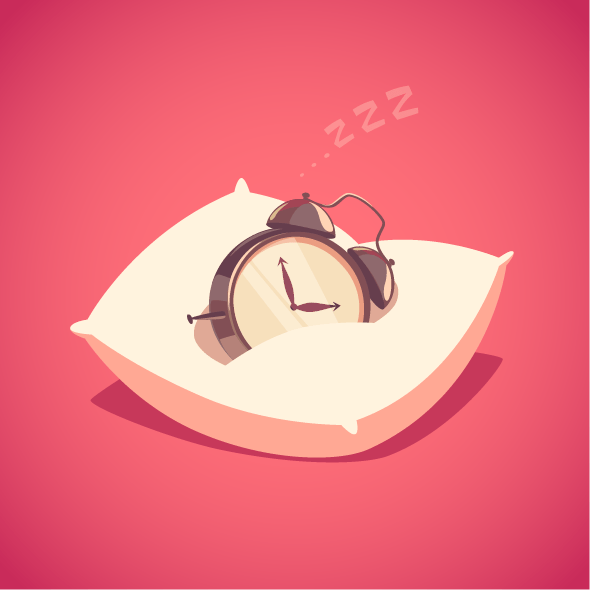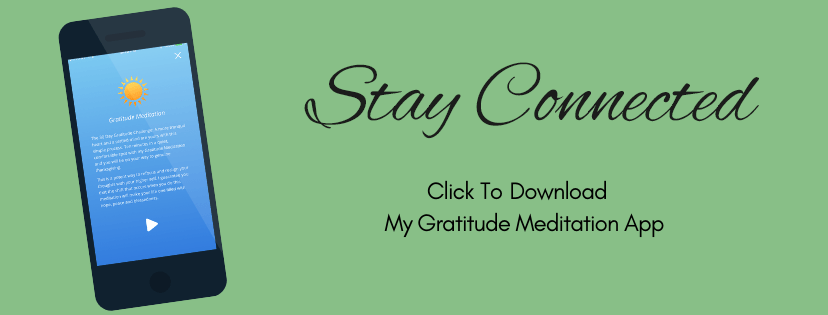Recently, I wrote a Myth Buster, entitled, Older People Need Less Sleep. As always, I cleared up the erroneous thinking on the topic of a good night’s sleep. The response from my readers mirrored what my clients and friends are asking me on the topic of how to get better quality sleep. Actually, how to get enough sleep.
In several past articles I share the best available research on sleep. Here, I would like to highlight a few simple choices that might just be your ticket to the land of Nod.
Why We Stopped Sleeping Well
First, let’s look at why we stopped sleeping as well at mid-life, and especially, when we enter out sixties. By age sixty, women have almost, universally, completed menopause and spent several years now in post-menopause. Our bodies have settled down from the pinball game we experienced during menopause.
Our estrogen, progesterone, testosterone levels for many of us, drop noticeably, and our bodies begin to draw what can be had of each of these from other organs and sources. Hormone Replacement Therapy helps ease the transition and at some point, many of us slowly stop taking the HRT, usually at the end of our fifties or at the beginning of our sixties.
All three of the hormones work together when we are young to allow us to fall asleep and stay asleep. Without them, we begin to suffer and have to make some new lifestyle choices to get the sleep we continue to need.
Other life factors and events can further sabotage our sleep at this point in our lifespan. Getting enough sleep this red-hot minute might be just what you need to face your challenges with a reserves.
Tips for a Good Night’s Sleep
Less Trips to the Loo
One of the most common issues I hear about, and experience myself, is the frequent waking throughout the night to go to the bathroom. We have an easy fix for this: STOP drinking all liquids three hours before bed. If that doesn’t prove to be enough time, push it to four hours, and limit your caffeine (yes, iced tea is caffeinated) to lunchtime, and no later. It worked for me and when I follow my own advice, I wake up much less often with the need to pee.
What’s for Dinner?
At dinner, make sure you are getting enough high-quality protein, animal or otherwise. We need about four ounces per meal, and that, conveniently, is the size of your palm in width and length, and about one inch in height. A piece of chicken, or a petite filet should be about the size of your palm and an inch tall. This will keep you feeling full as you wind down for bed, and provide essential nutrients which will help you sleep.
Make sure to have some complex carbohydrates (legumes, lower-glycemic beans and peas, non-gluten grains and sweet potatoes are just some options) with your protein to help keep you satisfied and aid the release and metabolism of the beneficial nutrients in both.
The World is Blue
Research tells us the blue light emitted from electronics—TV, tablets, cell phones and computer screens — messes with our minds in a big way. It has proven true at any age, but especially at mid-life and beyond.
Blue-canceling lenses are now available from inexpensive reader versions, to custom prescription options, and they work at stopping the sleep-disrupting brain scramble created by the blue light. I put mine on every afternoon at 5pm, as our system starts to downshift at that time and begins thinking about sleep. I wear them until bedtime, even when I am reading a printed something; for me, it’s easier to just to put them on at cocktail time and leave them on. It has become a habit now.
Just Cool It
For me, turning down the thermostat in my bedroom at night made all the difference in my quality of sleep. The best advice from sleep experts is to keep your room very cool, right around 65 degrees looks like the magic number for staying asleep.
You may need an extra blanket, which becomes another sleep aid. As research tells us a little more weight on our bodies, by throwing on a couple of grandma’s patchwork quilts, or by buying what’s called a weighted blanket, soothes and calms down our sym/parasympathetic nervous system—lowering our cortisol levels and our anxiety levels so we can get good rest.
It took me a few nights of trying different temperatures to find the sweet one that sent me snoozing and kept me asleep for hours at a time (until I had to get up and go to the bathroom 😉).
These are my top easy changes to capture that elusive good night’s sleep we all need and desire so we can be vibrant every waking moment. Give them a try and please let me know how they work for you. I look forward to hearing from you! Nighty-night Zzzzzzz…..
Until next time… Be Vibrant!




